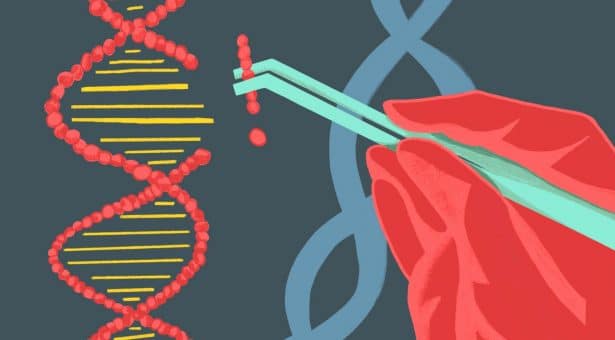Plants perform a multitude of daily miracles, such as turning carbon dioxide from the air into essential chemicals for plants and humans. Aromatic compounds are one of these chemicals, used as a starting material for countless medications, including aspirin and morphine.
The Aromatics Market Share is predicted to reach $323.88 billion by 2028, with growth rate of 5.6%. The downside of this demand is that many of these chemicals are produced by fossil fuels, as it is difficult to push plants to create enough to harvest economically.
Scientists at the University of Wisconsin-Madison discovered a method to release the brakes on the production of aromatic amino acids in plants by mutating a single set of genes. The change allowed the plants to take in 30% more carbon dioxide without any negative effect on the plants, shared the news release.
When added to crops or drug-producing plants, this trait has the potential to produce more chemicals naturally and reduce greenhouse gases.
“We’ve long been interested in this aromatic amino acid pathway because it’s one of the major plant pathways that transform carbon fixed by photosynthesis into medicines, food, fuels, and materials,” said Hiroshi Maeda, UW–Madison professor of botany and lead for the new research. “Now for the first time, we’ve discovered how to regulate the key control knob plants use to turn up production of this pathway.”
The Process
Usually, plants strictly control the creation of aromatic amino acids with built in natural brakes. When a plant has produced a sufficient amount of amino acids, the system halts.
The mutated plants the team discovered with model plant Arabidopsis have significantly less sensitive brakes as a result of the mutations in the gene DHS. The plant doesn’t know when to halt production and continues to churn out these compounds.
The plants increased photosynthesis to take in more carbon, therefore fueling this new production boom.
“We think that the increased photosynthesis does two things. One is to provide additional energy to operate this energetically expensive pathway. The second is to supply more carbon building blocks to make energetically dense aromatic chemicals,” explained Maeda.
While Arabidopsis was a sufficient model in the lab, co-author de Oliveira believes testing similar mutations in crops that take in larger amounts of carbon dioxide or plants that make valuable aromatic chemicals could be beneficial.
“These brakes we identified look very similar among different plants. So, expanding this discovery to crops opens up many possibilities, such as enriching our food with essential nutrients or improving bioenergy production, while capturing more carbon dioxide from atmosphere to slow down the global warming,” concluded de Oliveira.
Read More About Plant Mutations:
Rare Barley Mutation with Potential
Researchers Show New Holistic Approach to Genetics and Plant Breeding
Researcher Expands Plant Genome Editing with Engineered Variant of CRISPR-Cas9












